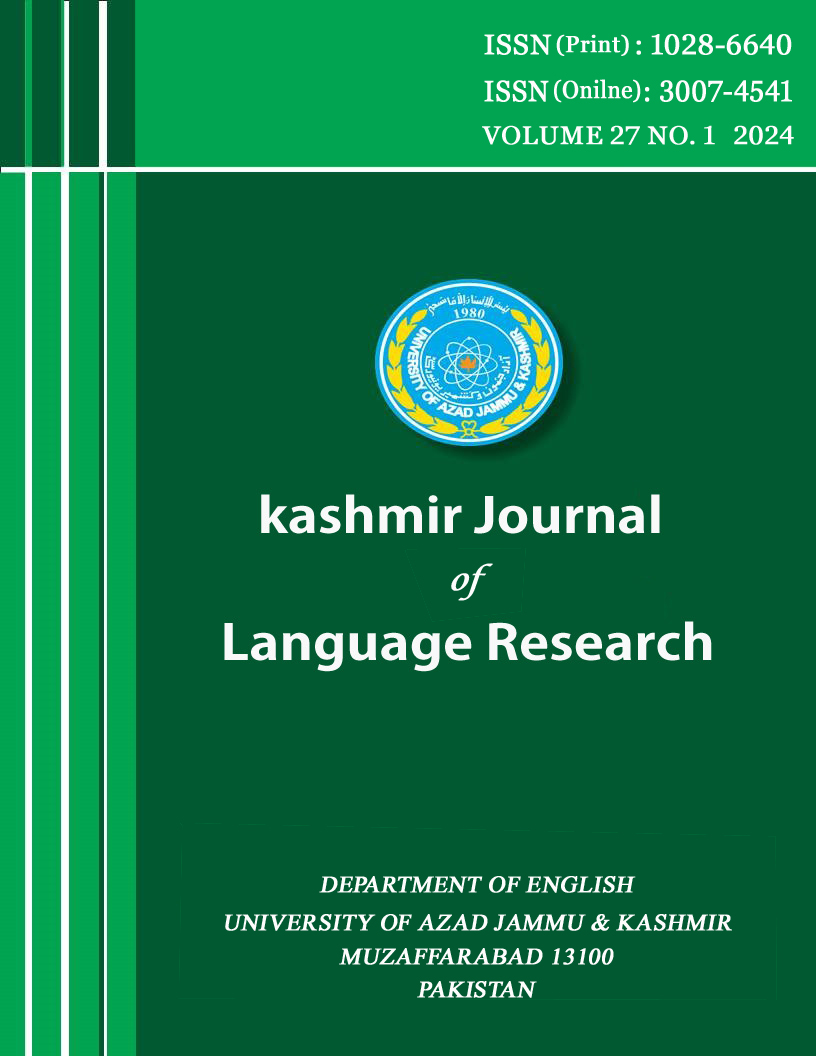A Semiotic Analysis of Cultural Shift in Benazir Bhutto’s Images
Keywords:
Semiotics, Culture, Cultural shift, Images, PoliticsAbstract
Cultural switching, or cultural shift, is a prevalent phenomenon observed among politicians. This study examines the cultural shift in Benazir Bhutto's life through the application of Charles Sanders Peirce's Triadic Model on the selected images. Generally, people perceive images tongueless that is a misperception. Images do have language that carries and conveys meaning either explicitly or implicitly. The study analyzes various phases of Bhutto’s life, specifically her student life and her tenure as a politician, including her role as prime minister, offering semiotic meaning of the selected images to understand cultural dimensions of her life. Three images for analysis have been selected using purposive (judgmental) sampling. The data are organized chronologically to enhance clarity and assist the reader. A meticulous examination of the selected images has been performed regarding setting, background, dressing, colour, and props for image analysis. Images are analyzed qualitatively using a triadic model of semiotics. Semiotics, the study of signs, facilitated the decoding of hidden messages within the images. This paper clearly identifies the intensity of cultural shifts across various contexts. The research indicates that cultural shifts were driven by either political motivations or the pursuit of national integrity. The study presents several characteristics associated with Benazir Bhutto’s personality, including her leadership qualities such as vocality, political acumen, and savviness.

Downloads
Published
Issue
Section
License
Copyright (c) 2024 Kashmir Journal of Language Research

This work is licensed under a Creative Commons Attribution 4.0 International License.




